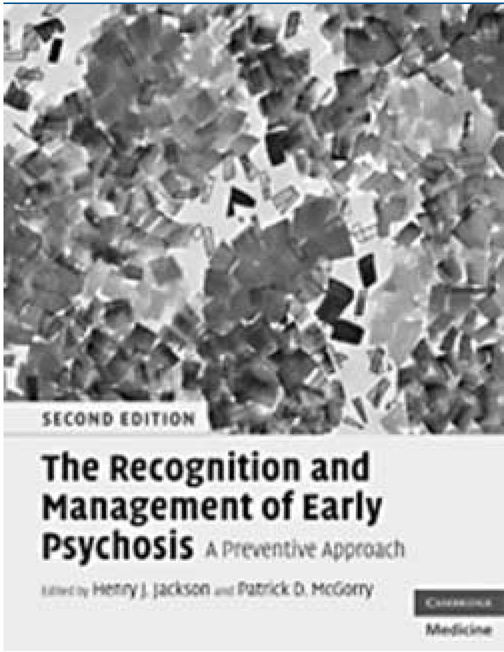
One of the more remarkable developments in psychiatry over the past two decades has been the rise of ‘early intervention’, both as a topic of research interest and as a policy principle attracting generous resourcing. Indeed, for those not directly involved, but who view the field with interest from outside, it is the possibility of mismatch between these two that is so fascinating – providing either the spectacle of a powerful machine rising from the systematic acquisition of technology or the hypnotic attraction of a Ferrari being driven swiftly, if inelegantly, along by a Vespa two-stroke.
The intuitive pull of the field is obvious – gone should be the days when, as Johnstone and colleagues in one of the seminal early studies found, patients and their families had to withstand more than 30 attempts and wait many years to get unheeding services to treat their concerns as valid. As a core practice principle, ‘early intervention’ is beyond challenge. And when framed by the powerful intellect of the late Jed Wyatt, one of that towering generation of mainly American authors who pioneered systematic review in psychiatry, an eye-catching theoretical perspective emerges to blow a pleasing breath of optimism into a specialty grown weary of the therapeutic pessimism its core business seems to offer. As the editors of this volume point out, however, there is nothing new about the field and other explanations for its ascent must be sought – perhaps in the move to community treatment, and child and adolescent psychiatry into areas it traditionally eschewed?
Be that as it may, early intervention is here to stay. The real question is the basis of its place at the policy table. Is it by dint of ‘desire’ or from scientifically validated ‘need’? This volume, as one would expect, is not diffident in attaching its colours to the latter mast, presenting itself with a logic that is engaging and enthusiasm that is contagious. It is a thoroughly comprehensive overview of the field and an excellent read well worth the effort, bringing together an impressive array of those who have published in the field – though with an Australian bent (half the authorship), perhaps a worthy reflection of the contribution the Melbourne group have made to the field. It is certainly striking these days to find in a multi-author international text only two of some 60 authors from US centres, though whether this reflects American research interest or editorial factors is unclear.
The book's layout is systematic, with conveniently separated sections focusing on particular areas, some of which (e.g. section 2, ‘Risk and vulnerability’) are particularly informative, though some leave the outsider rather uncomfortable (e.g. public ‘literacy’ programmes and section 7, headed ‘Specific interventions’). It is particularly valuable to have the German perspective presented as the concept of basic symptoms is one the English-language generalist may not be familiar with but that holds much of interest. There is even an outline for those wishing to pursue service development.
There are inevitably some signs of schism, evident also in the literature (Weinberger and Pantelis talk lucidly and informatively about genetics and endophenotypes of schizophrenia but clinical contributions veer beyond these very specific boundaries set by Wyatt's theorising) and some lingering grey areas, such as the issue of duration of untreated illness v. duration of untreated psychosis, are also notably absent as topics of debate. The biggest weakness however – the elephant in the room – is the failure of the volume to tackle head-on its critics. The read would have been immeasurably enhanced by a section devoted to issues of sample selectivity, confounding, the literature linking untreated interval to biological variables and the whole issue of the direction of causality – all those criticisms that leave many in the scientific community still wondering whether early intervention's place at the policy table remains based as much on desire as science.
This volume is a worthy successor to its own first edition and will rightly be regarded as a widely-read bible of early intervention. While there is much fact and more wisdom in the Good Book and few whose life would not be bettered by knowledge of its content, it is also a work whose richness is best appreciated by those of faith.





eLetters
No eLetters have been published for this article.